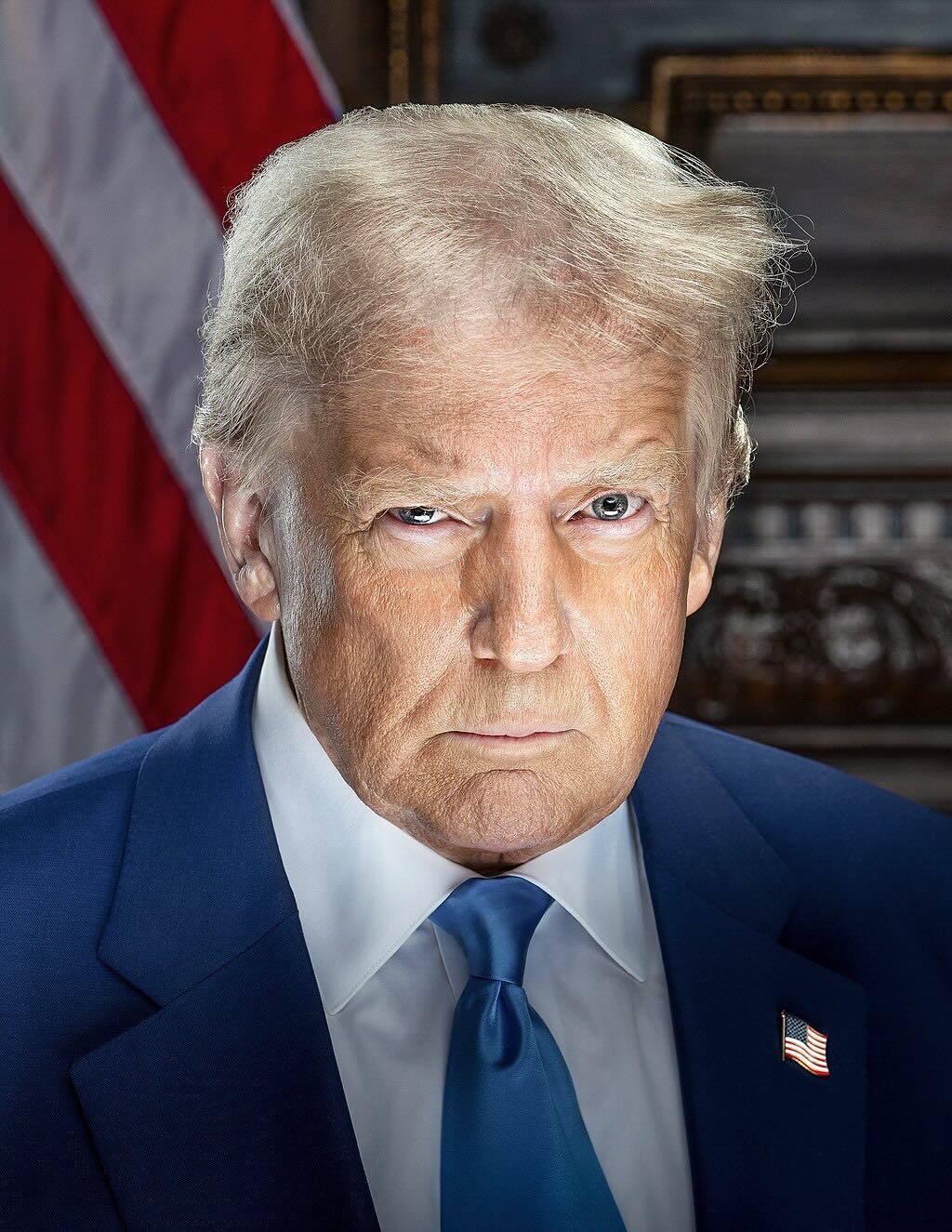


The directive was issued hours after Vladimir Putin announced Russia had tested Poseidon, a nuclear-capable underwater drone, and days after Moscow claimed a fresh trial of its nuclear-powered Burevestnik cruise missile.
Mr Trump posted the instruction on his Truth Social account en route to a meeting with China’s President Xi Jinping in Busan, South Korea, the final stop on a week-long tour of Asia.
In his message, the president said that “because of other countries’ testing programmes” he had directed the Department of Defense to start testing US nuclear weapons “on an equal basis”, adding that the process would begin immediately. The United States has not conducted a full-scale explosive nuclear test since 1992; the moratorium has been maintained by successive administrations even though Washington has signed but not ratified the Comprehensive Nuclear-Test-Ban Treaty. Reuters reported that Mr Trump’s order would mark the first US explosive test in 33 years if carried out as stated.
Mr Trump’s announcement came shortly after Mr Putin told an audience in Moscow that Russia had successfully tested Poseidon. The Kremlin describes the system—also called a “super-torpedo”—as a nuclear-powered, nuclear-capable autonomous underwater vehicle designed to travel at high speed and great depth. Russian officials have previously said it is intended to circumvent missile defences and, if detonated near coastlines, could generate radioactive sea surges. Moscow has also publicised renewed testing activity for Burevestnik, a nuclear-powered, long-range cruise missile.
The timing places nuclear policy alongside trade and regional security at the Busan meeting. Prior to the meeting Chinese state media and the foreign ministry said Mr Xi would raise bilateral issues and regional stability. Mr Trump has trailed the session as an effort to address tariff disputes and supply-chain measures, while US officials have signalled that Taiwan and wider Indo-Pacific security will feature.
Early international reaction to the US testing directive included warnings from Moscow and calls for restraint from Beijing, according to initial wire reports. Analysts and several members of Congress voiced concern that any US explosive test would weaken long-standing non-proliferation norms and trigger reciprocal activity by other nuclear-armed states. No major nuclear power has carried out an explosive test since the 1990s, and Russia has said it would only conduct one if the United States did so first.
The Pentagon did not immediately release operational details. Historically, US underground tests were conducted at the Nevada National Security Site, while subcritical experiments—non-explosive trials used to validate warhead safety and reliability—have continued under the moratorium. Mr Trump’s post did not specify whether the order referred to an explosive test or to an expanded programme of subcritical and related activities, though his language indicated a resumption of full testing “on an equal basis” with other states.
Russia’s recent demonstrations form part of a broader pattern of signalling around strategic systems. In 2018, Mr Putin unveiled a suite of “super-weapons”, including Poseidon and Burevestnik, framed as counters to US missile defence and to the erosion of earlier arms-control arrangements. Since Russia’s full-scale invasion of Ukraine in 2022, Moscow has suspended participation in the New START treaty’s inspection regime and used nuclear rhetoric at key junctures of the conflict. The claimed tests of Burevestnik this past week and of Poseidon on Wednesday were presented domestically as evidence of technological progress and strategic deterrence.
For Washington, the decision intersects with debates over modernisation of the nuclear triad and the balance between treaty constraints and strategic competition. The United States is replacing its Minuteman III intercontinental ballistic missiles, recapitalising ballistic-missile submarines, and fielding the B-21 bomber, while updating warhead designs through the National Nuclear Security Administration. Proponents of testing argue that live detonations provide data unattainable through simulations and subcritical experiments; critics contend that the scientific need is unproven and that a test would undercut US efforts to discourage other states from advancing their own programmes. Experts warned of a potential “new arms race” dynamic following the president’s post.